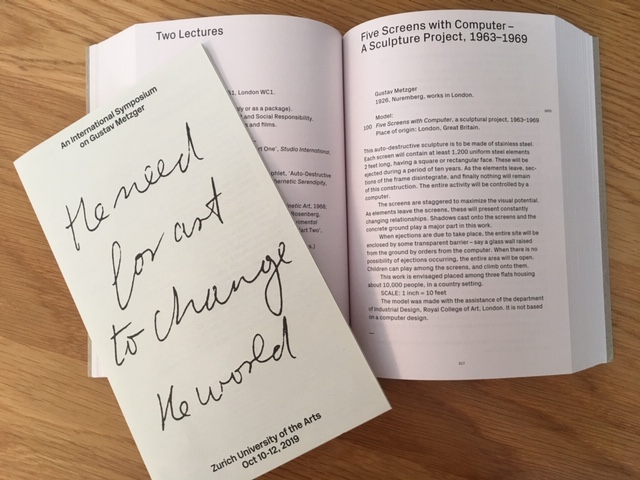British Cybernetic Art: The Origins of Digital Art
Thrilled to be participating in the Liquid Crystal Concrete Summer Research Seminar Series at the Paul Mellon Centre for British Art. My session will be focusing on the history of British Cybernetics and how this led to the creation of computer and digital art. Secondly, I will be in conversation with pioneering computer & computational artist Ernest Edmonds, to discuss how cybernetics has influenced the development of his work.
Watch a RECORDING ON YOUTUBE
25 May, 6-7.30pm : Join me on Zoom (or in person – London!) get a free ticket from Eventbrite









